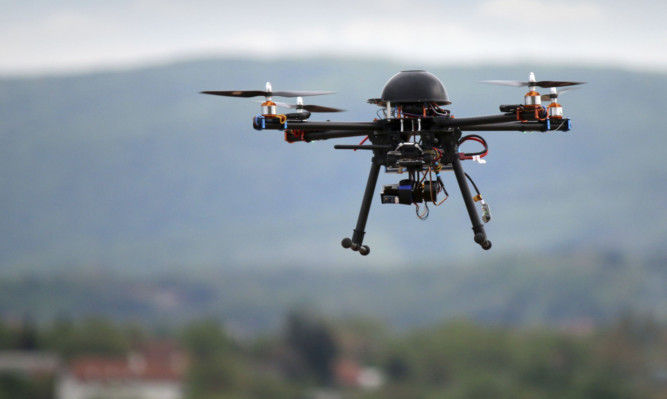It was a seemingly ordinary flight into Heathrow in July until, 700ft from the ground, the pilot of an Airbus A320 spotted a helicopter drone in the air.
Although regarded as harmless gadgets if the plane, carrying 180 people, had collided with the drone then the consequences could have been catastrophic.
Although the Civil Aviation Authority refused to say exactly how close the plane came to hitting the drone when it released details of this incident this week, concerns about such a collision occurred are growing.
The British Airline Pilots’ Association (BAPA) warns such an event could cause another “Hudson river experience”.
Six years ago, the engine of a plane was damaged when it hit a bird in mid-air and the pilot was forced to make an emergency landing on the River Hudson.
Luckily, no one died in that incident but there are fears the popularity of drones means it is only a matter of time a serious accident occurs.
Drone are regarded as one of this Christmas’ must-have gadgets, with radio-controlled machines available for as little as £60.
According to the Civil Aviation Authority, anyone using drones for paid work requires special permission to fly it.
For those using drones for personal use, however, no permission is necessary so long as the aircraft are not flown close to buildings or people and remain in sight of the operator at all times.
Breaking those rules does, however, come at a cost: flying a drone over streets, towns, cities, airports and airfields could land the user a fine of £5,000 and potentially a criminal prosecution.
Robert Knowles of Barrow-in-Furness became the first person to be convicted in the UK for “dangerously” flying a drone within 50m of the Jubilee Bridge on the Walney channel in April.
He received a fine of £800 and was ordered to pay costs of £3,500.
A spokesman for BAPA said they would like to see drones geo-fenced, which means GPS technology is used to limit where they can fly.
He said: “People who fly drones should be aware of the CCA rules and fly responsibly within them. We would like to see these rules better enforced but we appreciate this presents a challenge.
“Mandatory geo-fencing and registration may offer solutions and we are meeting with groups representing drone operators later this month to discuss.
“A drone has not yet collided with a plane, though there have been a number of near misses. We know that some of the drones commonly being flown weigh more than the frozen chickens used to test engines against birdstrike, and not all engines come through that test. Drones contain metal and batteries and there is obviously a risk if it gets ingested into an engine.
“It could also potentially crack a cockpit windscreen and distract a pilot in the crucial stages of take-off and landing.”
